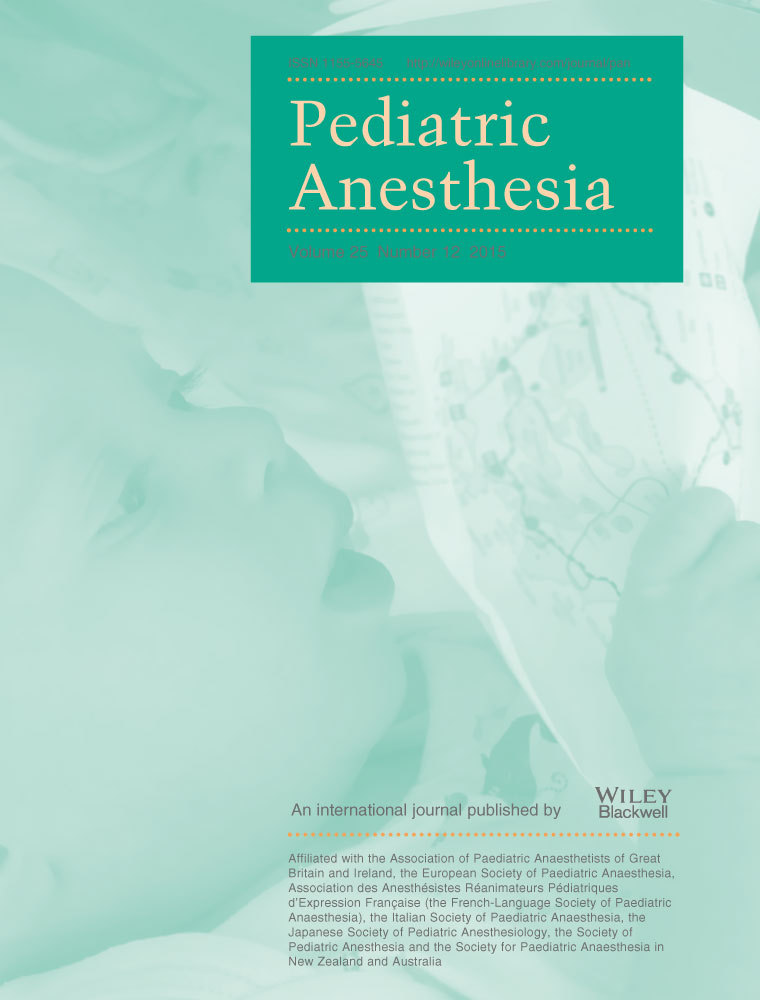Case report of transfusion-related acute lung injury in a pediatric spine surgery patient transfused leukoreduced red blood cells
Summary
Despite leukoreduced red blood cells (LR-RBCs) reducing the risk of transfusion-related acute lung injury (TRALI), we present a case of a 16-year-old female with kyphosis who received a transfusion of one unit of LR-RBCs, which lead to life-threatening, intraoperative TRALI. The clinical presentation included pulmonary edema, severe postoperative lactic acidosis, left ventricular dysfunction, increased creatine phosphokinase, fatty infiltration of the liver, and hemodynamic instability requiring inotropic support. This presentation is not the classic description of TRALI. Our patient improved with supportive treatment and was successfully extubated on postoperative day 4. TRALI work-up revealed antibody formation to HLA A2, A68, B44, and DQA 5 for the LR-RBCs unit administered.




